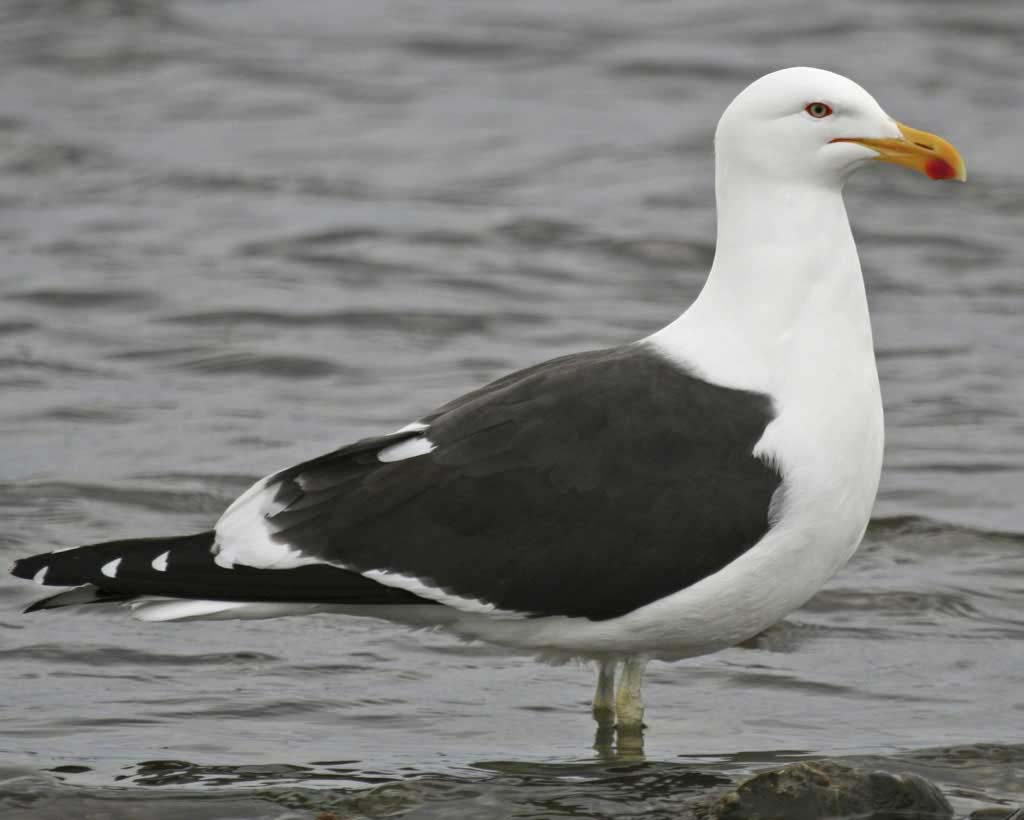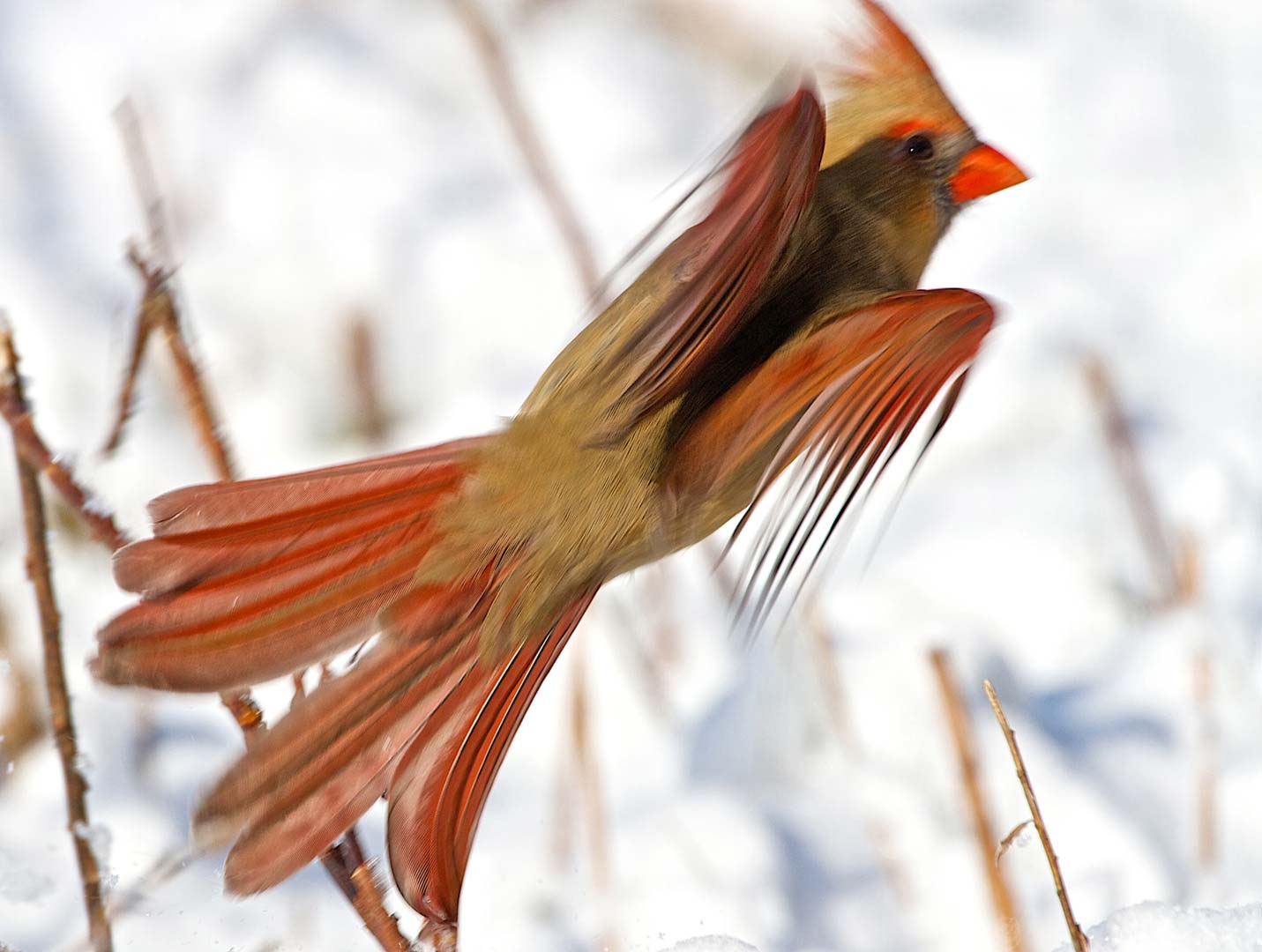
From December 14 through January 5 each year tens of thousands of volunteers throughout the Americas take part in the Audubon Christmas Bird Count (CBC), the longest-running citizen science wildlife census in the world. We invite you to join staff and volunteers at Blendon Woods (Dec 18, 8 am), Glacier Ridge (Dec 31, 8:30am), Highbanks (Dec 17, 9am), Inniswood (Dec 17, 8am) and Sharon Woods (Dec 17, 10am) and help us count our feathered friends. Everyone is welcome, from beginning bird watchers to experts.
Audubon and other organizations use data collected during this census to assess the health of bird populations and to help guide conservation action.
In 1990, ornithologist Frank Chapman organized the first Christmas Bird Count. Up through the 19th century, many North Americans participated in Christmas “side hunts,” competitions to see how many birds they could kill, regardless of whether they had any use for the carcasses and of whether the birds were beneficial or rare. Chapman proposed a new holiday tradition of counting birds on Christmas instead of killing them. Some 27 bird counters in the U.S. and Canada tallied 90 species of birds on that first count.
Not surprisingly this event has gained in popularity over the years. According to Audubon, the tallies for the 2015-2016 survey were as follows:

In the United States, 59,039 participants helped out, with 52,771 counters traversing the fields and streams while 6,268 watched their feeders. In Canada, the totals were 10,669 in the field and 3,799 at feeders, for a total birding army of 14,468. And in the farther-flung regions of Central and South America, 3,162 folks contributed their efforts, with 3,106 in the field and 56 at feeders. Diversity-wise, 2,607 species were tallied—roughly one-quarter of the world’s known avifauna.
In Ohio, 28 species were reported as first count records during last year’s count. The “star” of the count period was the kelp gull, which countless observers spotted in the Cuyahoga Falls tally. It was a first count record and a noteworthy first state record. Kelp gulls are southern hemisphere birds, and although they began to show up in North America in the late 1980s, this was the first confirmed sighting in Ohio.
Although you might not manage to see anything quite as exotic as a kelp gull during this year’s Christmas Bird Counts, there are always surprises and rare visitors. Your participation is extremely valuable for conservation purposes, and the counts are great for meeting up with human friends, as well searching for our feathered ones.
